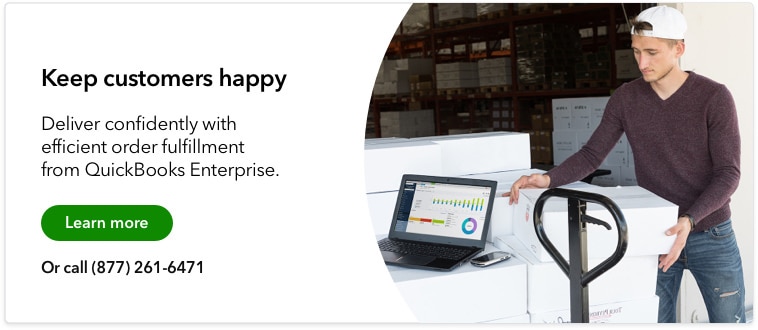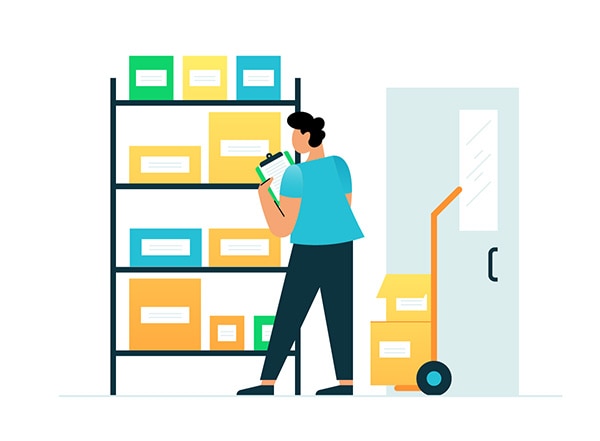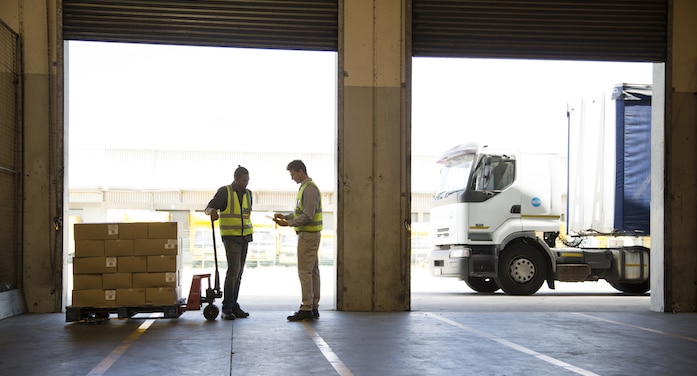Which type of business and products are a good fit for cross-docking?
Cross-docking is based on the just-in-time principles to pull materials into production only as needed. Many automobile companies were early adopters of cross-docking within their manufacturing plants and distribution systems.
Beyond heavy industries like automobile production, cross-docking is highly effective for high-volume, high-demand items and perishable goods. Consider these product categories for cross-docking implementation:
- Perishable items with low shelf-life
- Cold food chain items
- Food and beverage
- Staple retail products with consistent demand
- Promotional items and new product releases
- Chemicals
Of course, items like perishable goods and cold food chain products cannot sit on the receiving dock for too long—otherwise, they would spoil and need to be recalled. To make sure items move swiftly through the supply chain, your organization will need to have advanced item tracking capabilities with barcoding, QR codes, or RFID tags that automatically submit real-time data to your order management system for end-to-end fulfillment visibility.
Crossdocking FAQ
What’s the difference between cross-docking and warehousing?
Cross-docking operations remove the need for warehousing. In warehousing, items are checked into a depot’s storage facility and incur costs as standing inventory. Those items are pulled back into the supply chain when an order comes. They must be picked, packed, and dispatched, and inventory records updated. This warehousing process is skipped over by unloading, sorting, and reloading products directly cross-dock, bringing greater speed and efficiency to supply chain management.
What’s the difference between cross-docking and dropshipping?
Cross-docking still involves the management of inventory, but reduces the need for warehouse operations. Dropshipping is a common type of ecommerce business that offloads inventory management, manufacturing, and distribution to a third party. Dropshippers act as a middleman between the manufacturer or distributor and the end customer via their ecommerce store line. Dropshippers do not handle manufacturing or distribution, whereas cross-docking handles all of these but helps reduce the need for warehousing.
What’s the difference between cross-docking and direct shipment?
Direct shipment cuts out a distributor and directly ships products from the manufacturer to the customer. This removes the need for a wholesaler, distributor or retailer. Cross-docking uses distributors and wholesalers but reduces the need for warehousing, making the shipping process more efficient.













